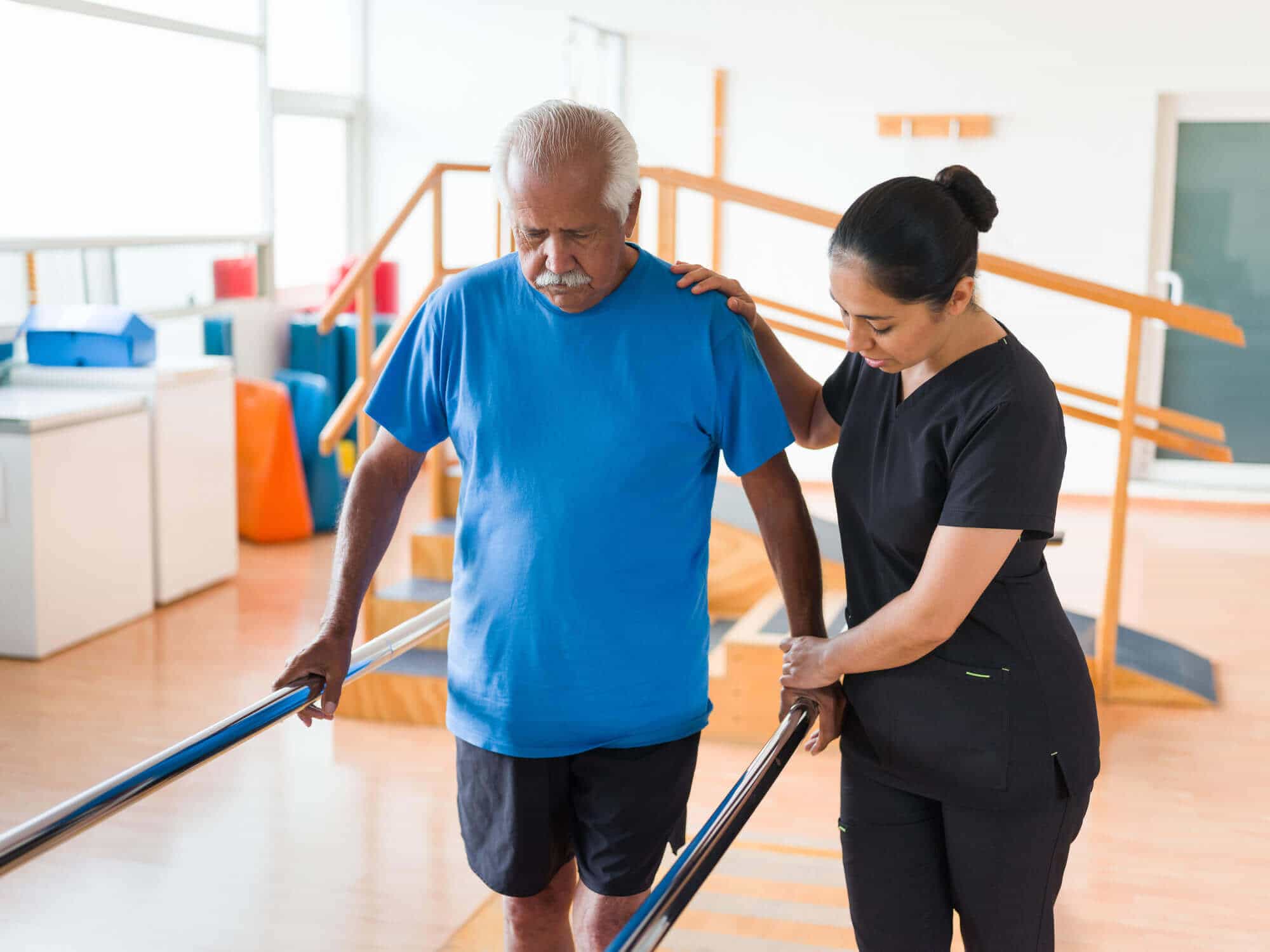Enhancing Restoration By Individualized Physical Activity Protocols in Rehabilitation Settings
Wiki Article
Recovery is an essential process for individuals who have undergone injuries, or other health challenges. Rehabilitation initiatives play a vital role in supporting these individuals to restore their resilience, improve mobility, and return to their routine activities. Tailored fitness planning is a key element of effective recovery. This means that workouts are specifically designed to address the unique requirements of each individual. By concentrating on targeted exercise plans, rehabilitation approaches can enhance healing and support better wellness outcomes.
One of the initial steps in developing a tailored fitness program is evaluating the patient’s status. Medical practitioners conduct assessments to understand the particular restrictions and abilities of each individual. This might involve physical tests, conversations about medical history, and goals for recovery. For example, an sportsperson recovering from a leg injury may have distinct needs than an senior individual recovering from joint surgery. By acknowledging these differences, clinicians can develop an therapy program that targets the specific aspects of each case.

Incorporating multiple types of workouts is essential for Visit Website effective recovery. Resistance work , mobility exercises, and cardiovascular exercises all play vital functions in recovery. Resistance training helps rebuild muscle and enhance stamina, which is especially critical after extended periods of inactivity. Mobility movements enhance joint mobility and reduce rigidity in articulations. Cardiovascular workouts, like brisk walking or cycling, boost general fitness and support cardiac function. A well-rounded exercise plan that incorporates all these components can significantly aid in the rehabilitation journey.
Monitoring progress is another essential element of rehabilitation initiatives with customized fitness prescriptions. As individuals participate in their personalized routines, healthcare practitioners observe improvements and make necessary modifications to the program. This ongoing assessment guarantees that the exercises remain effective and suitable as the patient advances. Setting specific benchmarks can also browse around here encourage individuals during their recovery process. Reaching small goals boosts self-assurance and promotes persistence in following through with the rehabilitation program.
In the end, enhancing rehabilitation through personalized fitness prescription requires collaboration between medical practitioners and patients participating in rehabilitation. Clear dialogue is essential to understanding how each person feels throughout their recovery journey. By collaborating jointly, both sides can address any challenges and acknowledge achievements along the path. Tailored exercise programs not only help patients heal physiologically but also add to their emotional wellness by fostering a sense of achievement and self-reliance as they progress towards their wellness objectives.